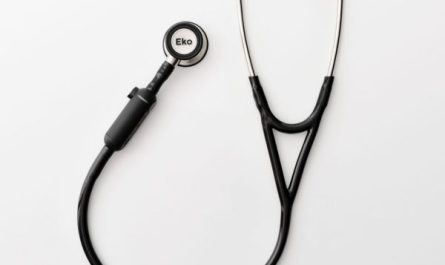
What are Pre-owned Medical Devices?
An Introduction to Refurbished Equipment
Pre-owned medical devices, also known as refurbished medical equipment, are medical devices that have been professionally cleaned, inspected, and repaired to perform like new devices. Refurbished devices undergo a rigorous rehabilitation process to ensure all components are functioning properly and meet original equipment manufacturer (OEM) standards and specifications. Through this process, pre-owned medical devices can deliver significant cost savings compared to new devices, while providing the same clinical capabilities and safety standards.
Refurbishment Process Ensures Safety and Performance
The refurbishment process aims to restore pre-owned medical devices to their optimal functioning condition. Equipment is disassembled, thoroughly cleaned and sterilized. All parts are inspected for wear and replaced as needed. Software is updated to the latest versions. Comprehensive testing is conducted to confirm specifications are within manufacturer tolerances. A new protective covering is applied and the device is cleaned and sterilized again prior to being released for use. This extensive rebuilding aims to eliminate any performance or safety issues so that refurbished devices perform just as new ones.
Cost Savings Without Compromising Clinical Care
While new medical devices can be quite expensive, refurbished options provide significant cost reductions of often 30-50% less than the purchase of an equivalent new device. This allows healthcare organizations, especially those with limited budgets, to acquire the latest technology and maintain their equipment investment while stretching dollars further. The cost savings from refurbished devices can be redirected to other priority areas without having to sacrifice the high performance, features or workflow of brand new equipment. Clinicians have reported identical clinical outcomes when using refurbished versus new devices.
Reputable Refurbishment Programs Ensure Devices Meet Standards
It is important for healthcare providers to use reputable medical equipment refurbishment programs that are certified to international quality standards. An OEM-endorsed refurbishment process using original parts is ideal. Refurbishers should provide the same comprehensive warranty coverage as new devices. Documentation should verify all functional testing, performance verifications and quality assurances were properly conducted. Seeking references from other satisfied healthcare customers can help validate the program’s ability to restore devices equivalent to new condition. Purchasing pre-owned medical devices through a reliable refurbishment partner gives providers fiscal benefits without compromise to patient care or clinician experience.
Opportunities in Advanced Medical Imaging Modalities
Diagnostic imaging departments regularly upgrade their equipment to adopt newer technologies for improved diagnostics and reduced doses. This introduces opportunities to acquire pre-owned imaging devices that are just a few years old but with many additional years of useful lifetime remaining. Refurbished CT, MRI, x-ray, ultrasound and other core imaging modalities offer powerful capabilities at a fraction of the new device cost. Regular software updates keep performance optimised to evolving standards. Pre-owned advanced medical imaging allows community healthcare providers enhanced diagnostic tools on constrained capital budgets.
Benefiting Ambulatory Surgery and Specialty Practices
Office-based practices like ambulatory surgery centers and specialty clinics can gain significant value from refurbished medical and surgical equipment due to their limited capital expenditure abilities compared to large hospitals. Refurbished OR tables, lights, endoscopy and endoscopic device packages enable these practices to expand service offerings and remain competitive on a smaller scale. Pre-owned equipment maintains sterility and safety with a smaller per-procedure cost compared to using rented or leased new devices. Given extended life cycles, refurbished medical equipment is a smart solution for enhancing ambulatory and specialist services.
Planning for Equipment Transitions and Upgrades
As healthcare technology advances rapidly, replacement cycles for medical devices shorten. Forward-thinking facilities can adopt a sustainable equipment management plan incorporating refurbished options. For example, a diagnostic imaging department schedules to replace one older modality annually with a new purchase, while bring in a refurbished replacement for another modality. Over the course of a decade, the entire fleet gets refreshed while keeping expenditures within capital forecasts. By planning transitions to refurbished devices, organizations can fund continuous upgrades to cutting-edge technologies in a financially prudent manner.
The Case for Green Healthcare with Refurbished Equipment
Beyond economic and clinical value, choosing refurbished over new medical devices has environmental benefits. Reusing equipment reduces depletion of natural resources and lowers manufacturing waste compared to total device replacement. Additionally, refurbished product transportation emissions are lower since they do not travel as far as new shipments. Responsible disposal of any non-reusable parts from refurbishment prevents e-waste. Through sustainable refurbishment practices, healthcare organizations can demonstrate environmentally-friendly operations while stretching the useful lifetime of capital investments. Going green fits well within healthcare’s focus on healthier communities and planet.
*Note:
- Source: Coherent Market Insights, Public sources, Desk research
- We have leveraged AI tools to mine information and compile it


